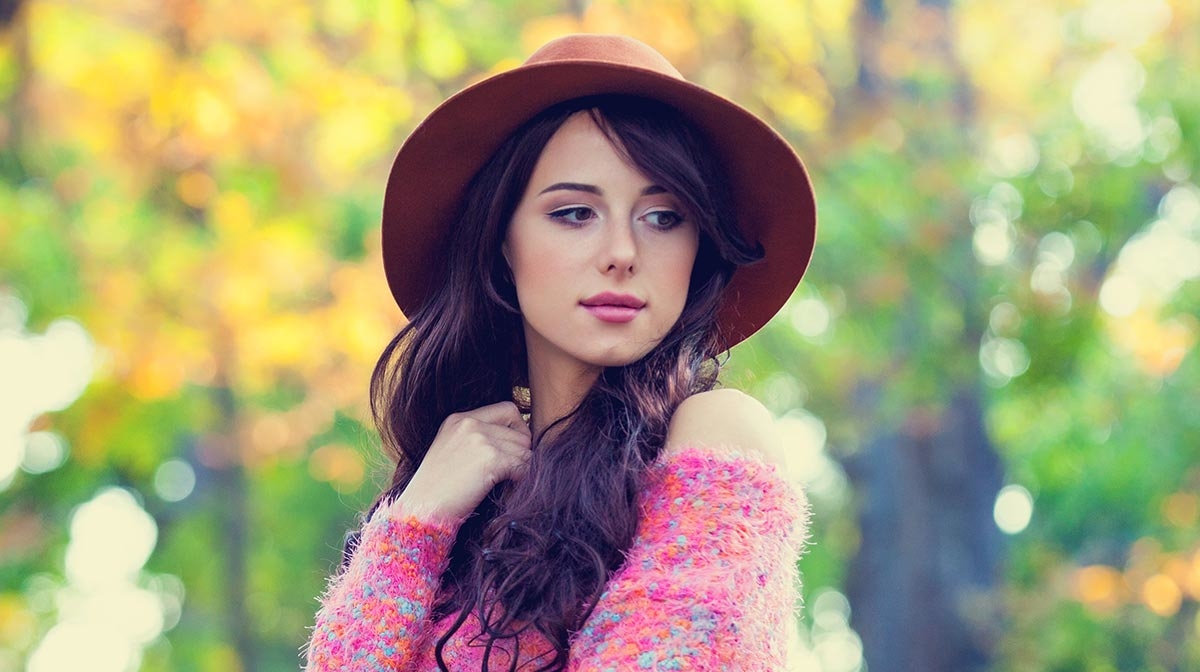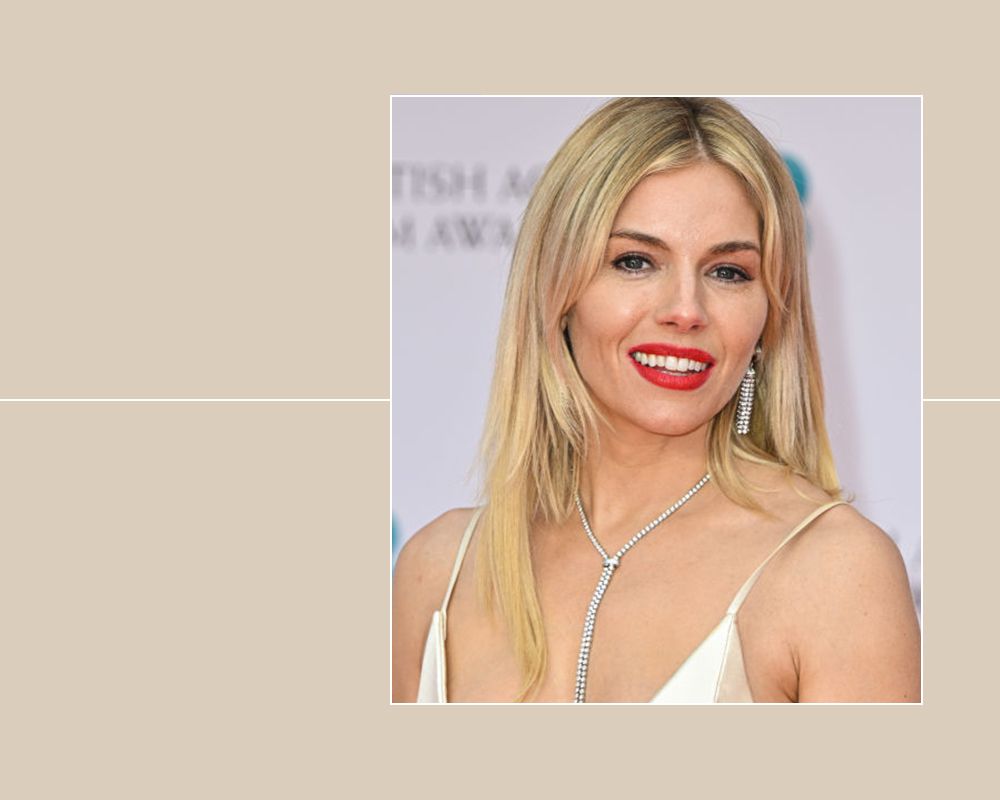While sometimes left out of the curl typing system, type 1 hair is alive and well; it’s just more straight than curly. Meet type 1C hair: the waviest of the straight hair without being definitively wavy (confusing, we know).
So what exactly does that mean? Type 1C hair tends to feature strands that lie flat at the root with subtle body, arcs, and bends throughout the mid-sections. It can hold a curl and air dries like a dream. Think Sienna Miller and Rachel Bilson.
Sound familiar? Read on for everything you need to know about type 1C hair, from how to spot it to how to care for it and the best products to use, straight from hairstylists Shelley Gregory and hairstylist Marilisa Sears.
Meet the Expert
- Shelley Gregory is a hair colorist and stylist based in Las Vegas, as well as a Kérastase Global Pro Club Color Expert.
- Marilisa Sears is a hairstylist and specialist who has served as Marc Anthony True Professional Haircare’s artistic director for more than 25 years.
What Is Type 1C Hair?
The last of the straight hair category, type 1C hair tends to feature hefty, coarser strands that lie flat at the root with a few arcs and bends throughout the mid-body section, Sears shares. According to Gregory, while still predominately straight, type 1C hair has subtle body to it with ends that tend to curl inward toward the chin.
Because of the coarse texture, type 1C hair tends to be more susceptible to frizz and flyaways, as well as poofiness from the mid-lengths down. Those with thicker type 1C hair tend to deal with knots, tangles, and drier ends too, Sears says.
Differentiating Between Type 1C and Other Hair Types
As always, it’s important to note that people rarely fit perfectly into a single hair type. Rather, hair tends to be a mix of a few similar hair types. For that reason, it can be hard to differentiate between types 1B, 1C, and 2A.
Both experts stress that 1C hair is still within the straight hair category, so it tends to have more texture, body, and bend to it than outright, full-on waves. If we think of 1B hair as having more body than 1A hair without having any sort of wave pattern, then 1C hair has that body with more of a wave to it, Gregory says. This subtle wave, along with being particularly susceptible to frizz, sets type 1C hair apart from other hair types within the 1 category, she explains.
Meanwhile, type 2A hair has a distinct S-wave pattern to it that is far more defined than the waves seen in type 1C hair. When left to dry on its own, type 2A hair tends to give off that classic beachy wave look, whereas type 1C hair hangs mainly straight with a couple of bends here and there, Sears explains.
How Should You Care for Type 1C Hair?
Good news: When it comes to caring for type 1C hair, Sears says the rules are fairly simple. Aside from the usual straight hair woes (think an oily scalp and flatness on top), the main concerns for type 1C hair are frizz and poofiness. Both experts are in agreement when it comes to caring for type 1C hair:
- Avoid over-washing hair and subsequently increasing oil production: To avoid the vicious cycle of daily hair washing and ramping up oil production, Sears suggests paring back and washing hair three to four times per week, or roughly every other day.
- Opt for lightweight, nourishing products that’ll dial down frizz and dryness without flattening hair or adding oil to the scalp: Gregory says type 1C hair can be easily managed, so long as you’re gentle and keep it moisturized without weighing it down. Type 1C hair tends to get drier at the ends as the hair gets longer, especially thicker 1C hair. As a result, conditioning and nourishing the ends becomes more important as the hair grows longer. Apply lightweight leave-in products and serums to the mid-lengths and down (avoiding the scalp area) to fight frizz and brittleness without weighing down strands.
- Use a silk or satin pillowcase and microfiber towels to minimize knots, tangles, and snarls: Both experts are firm believers in using silk or satin pillowcases to minimize frizz and tangles. They also suggest drying hair with microfiber towels to avoid the friction and abrasiveness that come with regular cotton ones. And of course, always use a heat protectant before applying heat to the hair.
The Best Hairstyles and Cuts for Type 1C Hair
To keep it simple, Gregory says those with type 1C hair should subscribe to the notion that the longer the hair, the easier it is to maintain. Because long hair is heavier, the added weight helps keep frizz and poofiness at bay, she explains.
Meanwhile, Sears says that layers will help add volume and movement to the hair. If the hair is on the thinner side, she suggests being a bit more aggressive with the layering (though she cautions against outright short layers, as they can lay a little flat). She also lightly shatters the ends with her scissors to give hair a bit more natural texture and body.
While both experts agree that longer lengths are ideal for type 1C hair, Gregory says short styles are still totally doable as long as the cut is well blended and has some hidden layers to help the hair lay nicely.
Type 1C hair has great body and texture that can be played up with styling and texturizing products, so both experts are proponents of letting hair air dry and rocking a natural finish. Post-shower, scrunch and tousle in a lightweight curl-defining or volumizing product (for thicker hair, opt for a cream; thinner hair should go for a spray) to enhance texture and let air dry, and you’re pretty much good to go. Before bed, apply a leave-in serum to the ends to fight frizz overnight.
The Best Products for Type 1C Hair
:max_bytes(150000):strip_icc()/1-c0c9786f65d24c7cb4535490dd74f1a5.jpg)
:max_bytes(150000):strip_icc()/2-e56c7834fa21466c8b220496b43d6616.jpg)
:max_bytes(150000):strip_icc()/3-95d8000134df4a83834b59e6a1bf21ce.jpg)
:max_bytes(150000):strip_icc()/4-36a3e625b55d49dc947f19bf52f19295.jpg)
:max_bytes(150000):strip_icc()/6-06d841d87bab454294da765e43e9f0e3.jpg)
:max_bytes(150000):strip_icc()/7-e00ccf85442c465baab47a9c1ed59674.jpg)
:max_bytes(150000):strip_icc()/5-bc327a65014046c5817e686973de2fdc.jpg)
:max_bytes(150000):strip_icc()/5-bc327a65014046c5817e686973de2fdc.jpg)
JVN
Complete Hydrating Air Dry Hair Cream
$24.00
If the great struggle of 1C hair is fighting frizz without adding oil to the scalp, this air-dry cream by JVN is the solution. It softly styles and smoothes frizz while defining waves and emphasizing texture—and all without weighing hair down or leaving a crunchy, unnatural feel. Simply apply a dime-size amount through damp hair and you’re good to go.
Type 3B Hair: What It Is and How to Care for It










